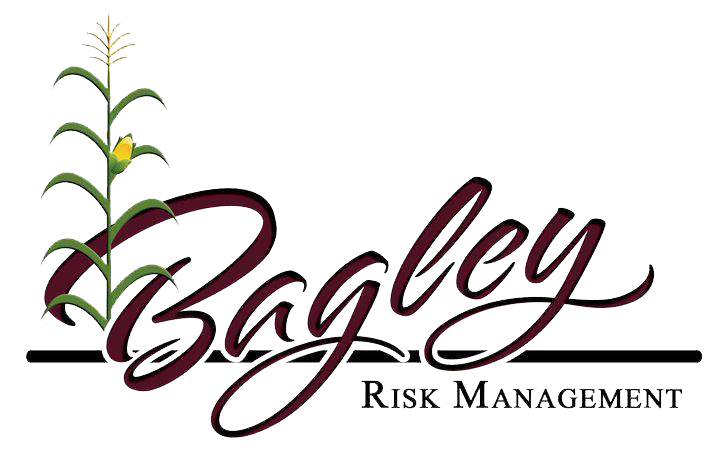Not known Details About Bagley Risk Management
Not known Details About Bagley Risk Management
Blog Article
Specialist Support on Threat Analysis and LRP Insurance Coverage Solutions

The Significance of Threat Evaluation
Effective threat analysis is basic in the decision-making process of any organization, guiding critical planning and source allowance. By systematically determining, assessing, and prioritizing prospective dangers, businesses can prepare for difficulties, profit from possibilities, and make notified selections to achieve their goals. Threat assessment permits organizations to proactively attend to vulnerabilities, reduce threats, and maximize their danger monitoring methods.
One of the crucial advantages of risk evaluation is its role in improving operational effectiveness. By understanding the possible threats that could influence different aspects of the business, organizations can improve processes, allocate resources much more efficiently, and minimize the chance of costly disruptions. Threat assessment enables companies to conform with regulative needs, guard their credibility, and construct trust fund with stakeholders.
Understanding Possible Losses
To realize the effect of threat evaluation, it is important to understand the prospective losses that could substantially affect a company's operations and economic stability. Potential losses can emerge from different resources, including all-natural catastrophes, economic recessions, operational failures, regulatory modifications, and cybersecurity breaches. These losses can result in direct expenses such as building damage, legal expenditures, and penalties, as well as indirect prices like reputational damage and loss of market share.
Recognizing prospective losses includes conducting a thorough analysis of the risks that can materialize and estimating the financial influence they may carry the organization. By measuring these possible losses, businesses can focus on danger reduction efforts and allocate resources efficiently. A comprehensive understanding of prospective losses enables organizations to make informed decisions when choosing threat monitoring techniques, such as acquiring insurance policy coverage or applying threat control procedures.
Fundamentally, by recognizing and comprehending possible losses, companies can proactively handle threats and secure their long-lasting sustainability and success.
Role of LRP Insurance Coverage Solutions
The combination of LRP insurance options within a company's risk management structure enhances durability and strengthens financial security versus unforeseen hardships. LRP, or Loss Healing Item, insurance services play a crucial role in reducing the effect of prospective losses by supplying economic defense and assistance in times of dilemma. These insurance remedies are tailored to meet the certain requirements of companies, supplying insurance coverage for numerous threats such find as property damages, organization disturbance, obligation insurance claims, and extra.
LRP insurance services assist organizations browse tough situations by offering a safety and security net that permits them to recoup and recover from troubles. By transferring the monetary risk to an insurance service provider, companies can focus on his response their core procedures with greater comfort, knowing that they are protected versus substantial financial losses. Furthermore, LRP insurance options can improve an organization's risk administration technique by supplementing existing threat reduction procedures and guaranteeing thorough defense across all areas of potential susceptability - Bagley Risk Management. On the whole, the duty of LRP insurance policy remedies contributes in securing services and promoting lasting sustainability.
Identifying Key Risks
In the procedure of risk analysis, a vital step involves identifying crucial dangers that have the potential to affect an organization's operations and financial stability. Identifying key risks calls for a comprehensive analysis of external and interior variables that can present dangers to the company's goals. Internal risks may include operational inadequacies, conformity issues, or personnel difficulties, while exterior dangers can incorporate economic declines, regulative changes, or natural disasters.

Additionally, key threats must be consistently examined and upgraded to line up with the vibrant business environment. This positive method enables organizations to remain in advance of possible risks and secure their lasting success.
Choosing the Right Insurance Coverage
Having actually identified the crucial risks that might impact an organization's operations and monetary security, the next essential step includes meticulously picking the right protection to effectively handle and reduce these risks. Organizations need to consider their specific danger exposure, monetary abilities, and tactical goals when it comes to picking the ideal insurance coverage. It is important to perform an extensive examination of the available insurance coverage alternatives to ensure that the selected coverage straightens with the organization's risk monitoring goals.

Organizations must work very closely with knowledgeable insurance coverage professionals to examine their danger profiles and recognize one of the most ideal insurance policy items to resolve their requirements. Customizing insurance policy protection to details threats can help maximize protection while lessening unnecessary expenses. Additionally, organizations must review plan terms and problems thoroughly to recognize the degree of protection given and any type of possible exclusions that may influence their risk mitigation approaches.
Verdict
In final thought, risk evaluation is crucial in recognizing possible losses and selecting the appropriate LRP insurance policy options. Professional assistance can help browse the intricacies of risk evaluation and insurance solutions, offering services with the needed tools to successfully manage and minimize threats.
Specialist assistance plays a crucial function in this process, providing valuable understandings right into recognizing and evaluating dangers, as well as purposefully picking appropriate insurance policy protection customized to minimize those risks successfully. A thorough understanding of potential losses allows companies to make educated choices when choosing danger management strategies, such as buying insurance policy protection or implementing risk control actions.

Report this page